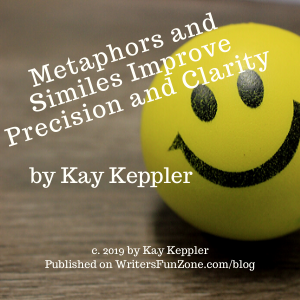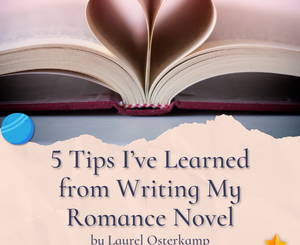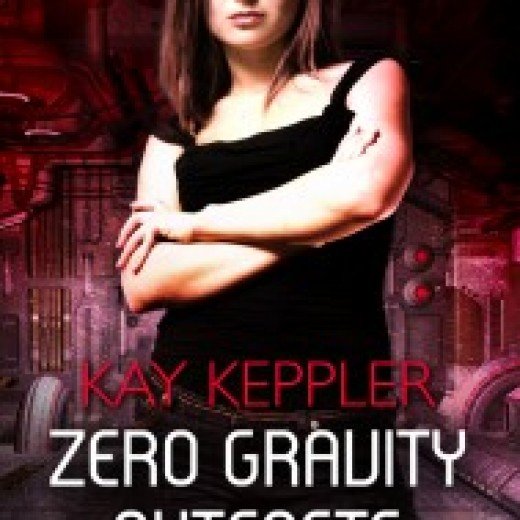Metaphors and Similes Improve Precision and Clarity by Kay Keppler
 Let’s welcome back monthly columnist, editor, and novelist, Kay Keppler, as she shares with us “Metaphors and Similes Improve Precision and Clarity.” Enjoy!
Let’s welcome back monthly columnist, editor, and novelist, Kay Keppler, as she shares with us “Metaphors and Similes Improve Precision and Clarity.” Enjoy!
***
Your book needs to grab your reader from the first paragraph, and however you do that is fair game. Using description that grounds the reader in time and place can make a powerful opening—and metaphors and similes can help readers see and feel more precisely what you want them to experience.
Metaphors and Similes are Descriptive Figures of Speech
A simile is an overt comparison—it compares one thing with another thing of a different kind, usually by employing “like” or “as.”
“She’s as brave as a lion.”
A metaphor, on the other hand, is an implied comparison—it’s not literally true.
“He’s the black sheep of the family.”
An extended metaphor carries the implied comparison through the paragraph or even the book.
“He might be the black sheep of the family, but she’s the mule of the bunch.”
Lending Authority
In addition to boosting description, similes and metaphors add authority to your writing. By using them, you tell the reader, I know this, I understand this, and it is this way.
For example, let’s say your book is set in the winter, and your protagonist goes to the frozen river to skate.
“The ice was glassy and sheer” tells the reader what conditions are like.
But you can push this description with a metaphor: “The ice was glassy and sheer, an overlying tissue of frozen crystalline molecules.”
The ice has the qualities of glassiness and sheerness, but the metaphor adds a sense of fragility and perhaps mystery of what lies beneath.
Find the Essential
Some similes have become clichés — “She’s as beautiful as a rose” — and thus are meaningless.
A good metaphor or simile reverberates with the essential.
In “A Good Man is Hard to Find,” Flannery O’Connor describes the mother as having a face “as broad and innocent as a cabbage.” Many objects are about the same size and shape of a cabbage (a bowling ball, streetlamp, or globe, for example), but by using the comparison to a cabbage, O’Connor suggests that the woman is rural, maybe also heavy and dense.
An Alien Image
But beware. By definition, metaphors and similes introduce an alien image into the flow of the story.
Consequently, they are always to some degree self-conscious.
Don’t try to be clever or flashy.
Badly handled, metaphors and similes call attention to the writer rather than the meaning you want to convey and thus will pull readers out of the story.
A good metaphor or simile fuses and illuminates the meaning you want to express.
Use as Needed to Hook Readers
Metaphors and similes should be used sparingly and only as needed. Don’t force them. Let them come organically.
Less is more, and when in doubt, don’t.
They shouldn’t call attention to your prose, but help readers see more clearly.
Your goal is precision and authenticity, and when you achieve these, your readers will follow through.
***
Editor’s Note: Post your favorite great or worst metaphors and similes in the comments below.
***
ABOUT THE AUTHOR
Kay Keppler is an author Zero Gravity Outcasts, Betting on Hope, Gargoyle: Three Enchanting Romance Novellas, and editor of fiction and nonfiction –Angel’s Kiss and Outsource It!
is an author Zero Gravity Outcasts, Betting on Hope, Gargoyle: Three Enchanting Romance Novellas, and editor of fiction and nonfiction –Angel’s Kiss and Outsource It!
She lives in northern California. Contact her here at Writer’s Fun Zone in the comments below, or at kaykeppler@yahoo.com to ask questions, suggest topics, or if you prefer, complain.
***
More popular articles by Kay Keppler on Writer’s Fun Zone:






